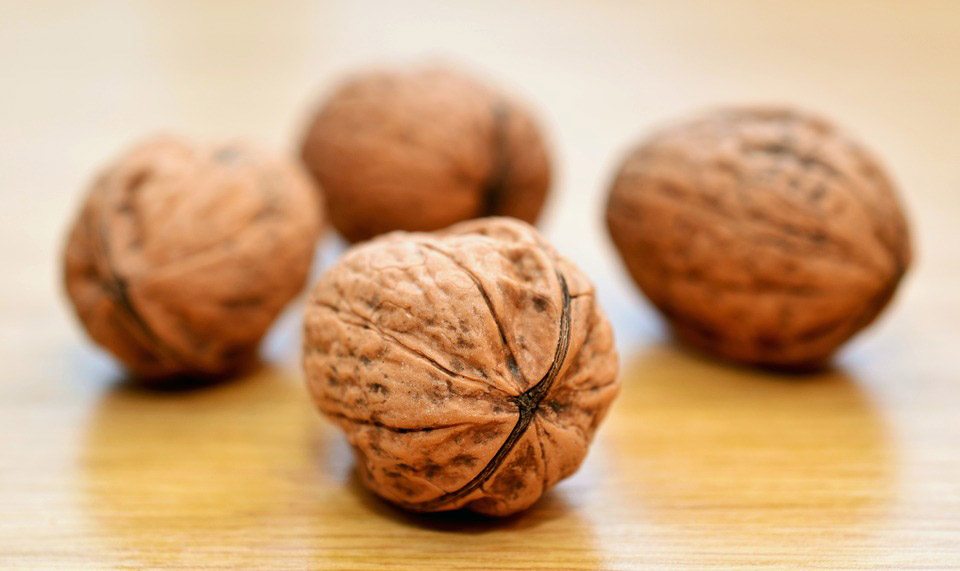Benign Prostate Enlargement
Benign prostate enlargement, also known as BPH (Benign prostate hyperplasia), is one of the most common ailments affecting the male urinary tract.
Fifty percent of men over 50 years old will develop BPH and about eighty percent of men over 80 years old will have some of urinary issue attributed to BPH.
BPH gradually compresses the urethra that runs through the prostate gland. It occurs as a result of noncancerous enlargement or hyperplasia of the stromal and epithelial cells within the prostate. Although there are many theories on how testosterone and its more potent counterpart dihydrotestosterone (DHT) may influence the growth and development of the prostate gland, the actual cause of why BPH occurs remains unknown at this time.
Changes in voiding habit are usually the first sign of BPH and those symptoms can be broken down by two main categories:
Benign Prostate Enlargement Symptoms
Irritative voiding symptoms:
- Frequency
- Urgency
- Night time urination (nocturia)
Obstructive voiding symptoms:
- Hesitancy (stop-start-stop flow)
- Diminish urinary flow
- Incomplete bladder emptying
When visiting a urologist office, a patient with BPH is often asked to fill out an AUA symptom score sheet that quantifies these lower urinary tract symptoms also LUTS.
Beside a through history and physical examination including a digital rectal examination, most patient will have a basic metabolic panel, PSA and urinalysis / culture study ordered as part of their workup.
In addition, other tests may also include:
- Uroflow and postvoid residual study
- Urodynamics
- Cystourethroscopy
- Renal / bladder ultrasound
Not all individual suffering from LUTS caused by BPH will need treatment. If the condition is not significantly affecting one’s lifestyle (such as loss of sleep) and there is no evidence of other medical conditions such as renal insufficiency and/or urinary tract infection then one can be monitored on a regular basis.
If, on the other hand, the individual suffering from LUTS needs therapy, there is a variety of treatment modalities available.
Benign Prostate Enlargement Treatment
The first line of treatment for BPH in most cases involves the use of medications.
- Alpha blockers (examples include: terazosin, doxazosin, tamsulosin) design to relax the epithelial (smooth muscle) tissue in the prostate gland
- 5-alpha reductase inhibitors (finasteride, dutasteride) blocks the conversion of testosterone to dihydrotestosterone which can lead to decrease growth of stromal tissue.
Like all medications, both alpha-blockers and 5-alpha reductase inhibitors have potential side effects. For alpha-blockers, they include but are not limited to postural hypotension and retrograde ejaculation. For 5-alpha reductase inhibitors, they include but are not limited to gynecomastia and decrease libido.
If medical therapy fails or is not appropriate, then surgical intervention is the next available option.
Surgical intervention can be separated into following three categories. The decision on which category is most appropriate will be dependent on the severity of the individual’s BPH and any concomitant medical conditions.
Minimally invasive therapies
- Microwave therapy (TUMT)
- Radiofrequency therapy (TUNA®)
- UroLift™
- GreenLight™ Laser Photoselective Vaporization of the Prostate (PVP)
Traditional surgical therapies
- Transurethral resection of prostate (TURP)
- Transurethral electrovaporization of the prostate (Button-TURP)
- Holmium laser enucleation of the prostate (HoLAP)
- Open prostatectomy
In addition to those therapies listed, many individuals have also taken health supplements such as saw palmetto, beta-stilbesterol, pygeum, pumpkin seed extract and African star grass as an alterative to manager their LUTS.

